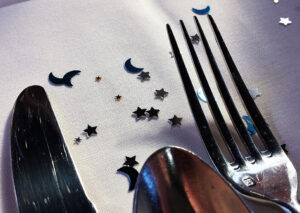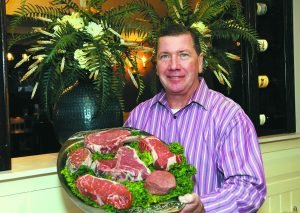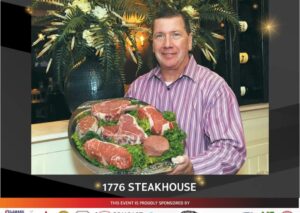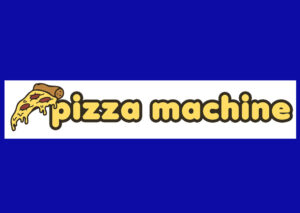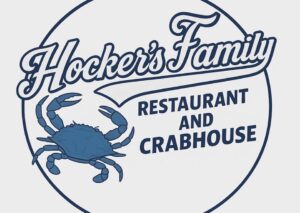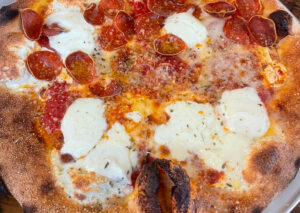Your delicate palate needs to educate itself. Because of the influx of Waygu/Kobe meat, Prime has been priced waayy out of the market for most restaurants to stay competitive. And, in today's beef industry, the difference between the two is so arbitrary as to be negligible. Smart restaurateurs (like Tom Holmes at 1776) can serve you a prime on one plate and a choice on another and you will not be able to tell the difference – except when the check arrives.
The USDA's Prime grade is complicated by two confusing issues, and both relate to marbling. For the past century, our entire beef-grading system has been based on the now-controversial notion that marbling, the dispersion of white fat in red muscle, is the single most important criterion for measuring beef quality, without regard to age, breed, feed, flavor, tenderness, or any other factors.
When this system was adopted, our cattle industry was a lot more homogeneous. We ate mostly meat breeds (as opposed to dairy cattle) that were finished with corn or other grains, and within this reasonably consistent pool of beef, marbling was a fairly telling way to differentiate quality. But marbling is not everything. Grass-fed beef has far less marbling than grain-fed, yet many prefer its flavor. Certain breeds produce better-tasting meat without an accompanying increase in marbling. In many beef-obsessed countries, like Spain, older, more flavorful animals are considered superior. The Japanese beef-grading scale evaluates both the quality and the luster of the fat as well as marbling, while our scale considers all fat equal.
So this old-fashioned “one size fits all” grading system is (like most everything the government undertakes) becoming outdated and mostly without merit – again, other than how much the restaurant pays for the meat and consequently how much you pay for it at the table. Find a restaurant that you like and stick with it. You will get an excellent steak and your wallet will thank you.


